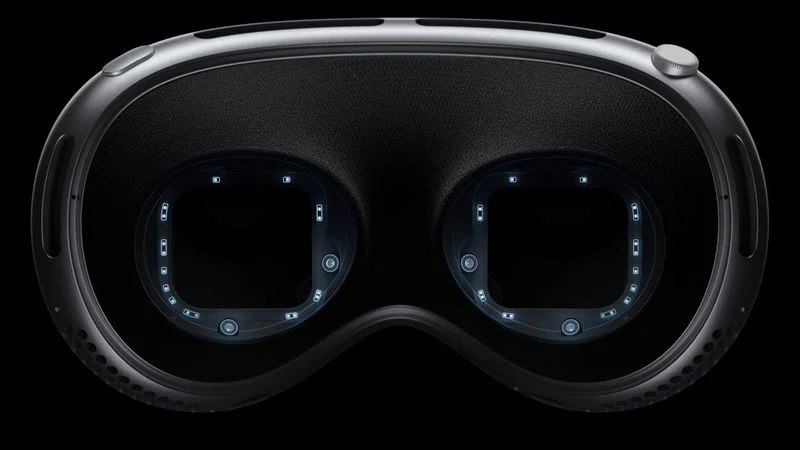Apple has revealed more details about the highly secure Optic ID iris authentication system that will be used to unlock the Vision Pro augmented reality headset. How exactly does this biometric technology work, and what are the key benefits over other authentication methods?

Rather than relying on fingerprints or facial recognition, Optic ID uses advanced near-infrared illumination to quickly scan the unique patterns of a user’s irises. According to Apple, this provides “intuitive and secure authentication” by recognizing the one-of-a-kind characteristics of each person’s eyes.
Once Optic ID is set up, it can authorize purchases with Apple Pay, unlock access to third-party apps, and securely access sensitive personal information. The process is seamless for users, as any apps that already support Face ID or Touch ID on iPhone and iPad will automatically work with Optic ID as well.
Apple states that Optic ID builds upon their experience with revolutionizing authentication through fingerprint and facial recognition. By using the eye-tracking cameras and LED lighting system built into the Vision Pro headset, Optic ID takes iris recognition to the next level.
How does it work exactly? When setting up the system, near-infrared light is used to illuminate the eyes and capture detailed iris imagery. This biometric data is processed by Apple’s Secure Enclave and neural engine, converting the images into mathematical representations that are stored as your unique iris template. Each time you use Optic ID to unlock the Vision Pro, your current iris data is matched against this registered template to authenticate your identity.
For maximum security, Optic ID will scan both eyes by default. Apple explains that the template is updated after each successful unlock, as the size of the iris and pupil naturally change in different lighting. The biometric data is fully encrypted and never stored in iCloud or elsewhere.
Users who need vision correction can still take advantage of Optic ID, as it works with the custom Zeiss lenses or soft contact lenses for the Vision Pro. There is also an accessibility mode to allow recognition with just one eye, along with options to disable Optic ID and use a password instead.
Apple states that Optic ID meets rigorous security standards, with the chance of a false match being 1 in a million. By leveraging detailed iris patterns that are unrelated to eye color, Optic ID provides a highly secure authentication method tailored specifically for augmented reality headsets.
Have you been curious about how Apple’s iris scanning technology will work on the Vision Pro headset? Follow us @Gizmoweek and share your thoughts on Optic ID.
Related Post: Apple Details How the Vision Pro Headset Minimizes Motion Sickness